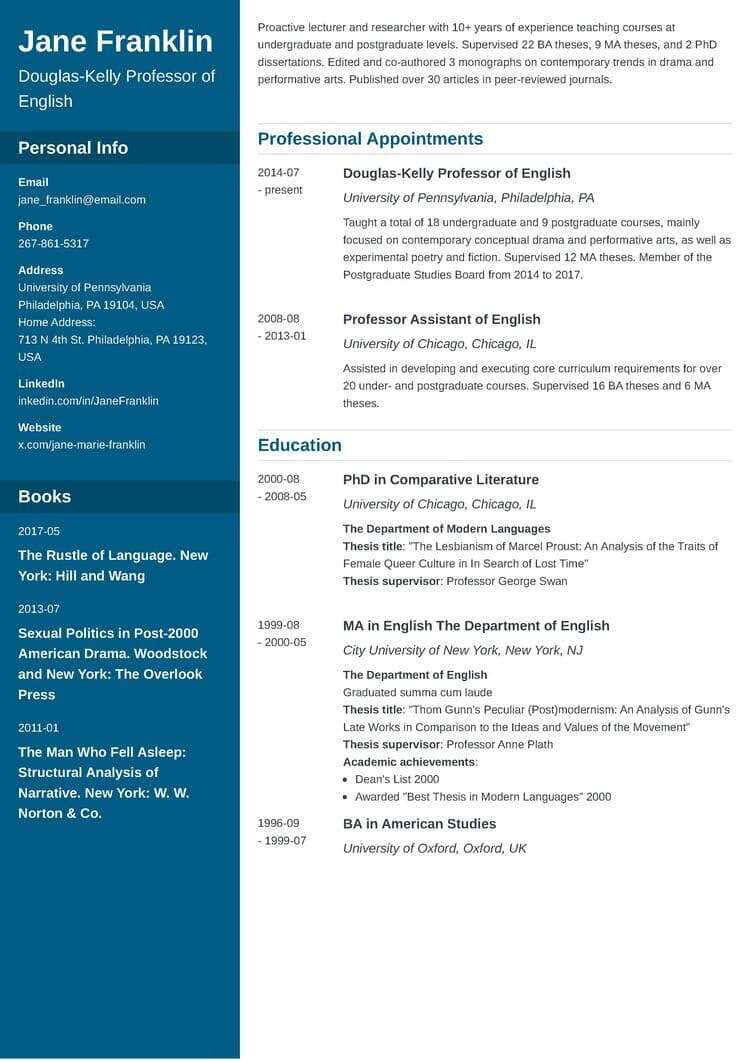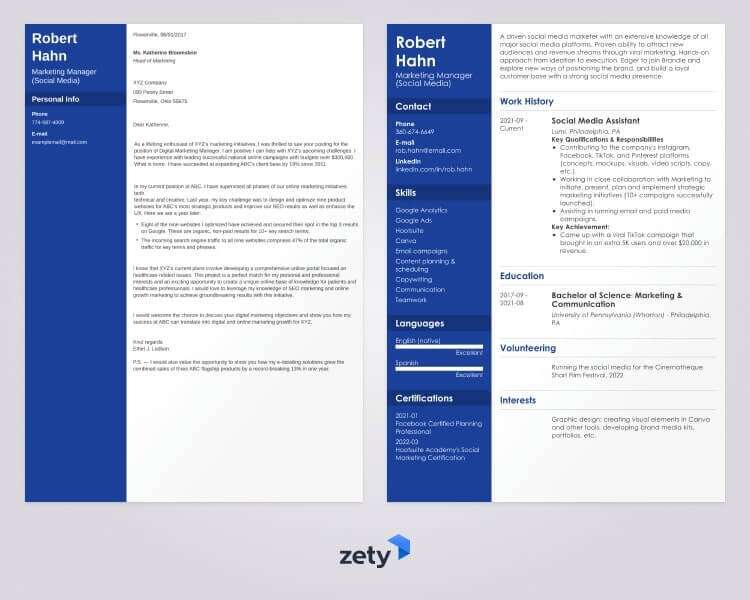Career Tips
The Differences Between A CV And A Resume

Is a CV any different from a resume? Why do some candidates apply with a CV while others use a resume? Is one of the two genuinely better than the other? Is a resume the same as a CV, and vice versa?
In 5 minutes, you’ll understand the difference between a CV and a resume.
This guide will show you:
- Definition and sample of a CV (Curriculum Vitae), as well as a resume.
- Compare the differences between a CV and a resume.
- When looking for jobs in the United States or Canada, utilize a CV or a resume.
- What CV means outside of North America, and what document to use when applying worldwide.
The Key Difference Between a CV and a Resume
A resume is a one to two-page document that highlights your professional experience, educational background, and skills. A CV is a lengthier document that outlines your entire career. A resume is used for job searching, but a CV is used for academic purposes.

What Is a CV?
A CV (short for Curriculum Vitae—course of life in Latin) summarizes your entire career. It is typically 2-3 pages lengthy, but can extend to 10+ pages if necessary. A curriculum vitae (CV) summarizes your schooling, professional experience, publications, and awards. In the United States and Canada, it is exclusively used for academic purposes.
To see what it looks like, check out the CV example below:
Curriculum Vitae Sample

As you can see, a CV is quite lengthy and comprehensive, with several parts, no bullet points, and only plain text.
Below you’ll see a full list of sections you may use when writing a CV:
- Contact information
- Research objective, personal profile, or personal statement
- Education
- Professional academic appointments
- Books
- Book chapters
- Peer-reviewed publications
- Other publications
- Awards and honors
- Grants and fellowships
- Conferences
- Teaching experience
- Research experience, lab experience, or graduate fieldwork
- Non-academic activities
- Languages and skills
- Memberships
- References
What Is a Resume?
A resume (or résumé, from French “to sum up”) is a brief, simple document used for job applications in the United States and Canada. A resume’s objective is to offer recruiters with a quick overview of the candidate’s job experience. A excellent resume should be one to two pages long and tailored to a certain job.
Take a look at the example below, created with our builder in US resume format. The distinction between a resume and a CV is obvious, isn’t it?

What should be on a resume, then?
- Contact information including job title
- Resume summary or resume objective
- Work experience
- Education section
- Skills section
- Additional resume details (awards, courses, resume publications, licenses and certifications, personal interests, etc.)
What Is the Difference Between a CV and a Resume?
A CV differs from a resume in terms of length, appearance, and purpose. CVs have no length limit, however resumes are usually one to two pages long. A CV describes the entire course of the candidate’s academic career, whereas a resume summarizes skills and job experience.
CV Versus Resume: Comparison
Now, let’s analyze the differences between a resume and a CV in more detail:
- Length—it’s the primary and most obvious distinction between the two. A CV is longer—it might be two or three pages (in fact, there’s no page limit), depending on your experience, while a resume is typically one page long.
- Layout—a CV is an in-depth description of your academic and professional experience, while a resume is a brief document highlighting your professional experience.
- Purpose—a CV is used to apply for academic positions, while a resume allows you to apply for any job in any industry.
Curriculum Vitae vs. Resume: International Differences & When to Use Which
The resume/CV meaning differences pertain only to the United States. In other countries, the term resume either doesn’t exist or is used as a synonym for CV:
- In all of Europe and New Zealand, the term CV is a synonym for the US resume: a short, targeted document you use to apply for jobs. There’s no such thing as a “resume” there. There are only minor, region-specific differences between a New Zealand or European CV and an American resume.
- In Australia and South Africa, “Curriculum Vitae” and “resume” are synonyms that can be used interchangeably. Both words stand for a brief, one- to two-page document.
- In South Asia, job seekers might need to use a slightly different document: a biodata. It’s a document containing more personal, “biographical” data (hence the name): date of birth, gender, race, ethnicity, marital status, and salary. It’s commonly used in India and Bangladesh. However, if a South Asian employer asks you for a “resume” or a “CV” specifically, don’t send over a biodata format. Go for a document that follows the American resume rules.
Plus, a great cover letter that matches your resume will give you an advantage over other candidates. You can write it in our cover letter builder here. Here’s what it may look like:

Key Takeaway

Here’s all you need to know about the resume/CV differences and when to use which document:
- If you’re applying for a job in the US or Canada, write a resume: keep it short and customize it to match the job ad.
- For academic positions in North America, write a Curriculum Vitae: include every detail related to your academic or professional career.
- When applying for jobs in Europe or New Zealand, you’ll need to submit a document called a “CV”, but a European CV is in fact almost identical to an American resume.
- In Australia and South Africa, “CV” and “resume” are synonyms: both refer to a short document; an equivalent of the US resume.
- In South Asian countries, “CV” and “resume” mean the same thing as in America, but for job-seeking, you’ll often need to submit a biodata.
Source: Zety












